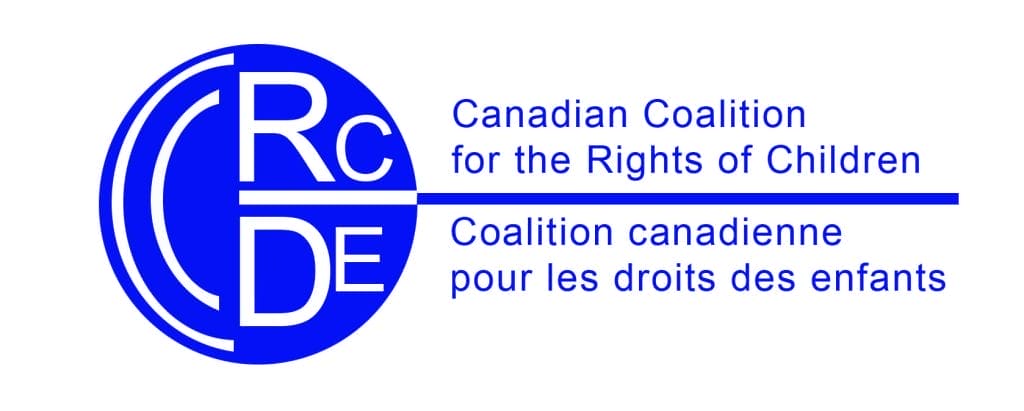With the opening of early polling stations, Canadians have started voting with a lot on their minds predominately the economy; to ensure that they get the vote, party leaders have focussed their campaigns on dealing with the ever changing policies from our neighbour, and their action plans for a “strong” Canada (with variations of the term being used). But what does that really mean?
What is getting lost in the process of figuring out their priorities is the tremendous amount of work that needs to be done and the many broken promises, including those made to children across provinces and territories, and Canadian children living abroad. Party leaders continue to make promises but with no concrete plans in sight. What do we want to see from the elected party? Leadership that takes a strong stand on ensuring that children’s rights are not an aspiration but a reality. It is unacceptable that children across Canada continue to experience and/or witness abuse, hate, racial discrimination, systemic racism, sexual exploitation, violence, and continuous violations of their rights in education, child welfare and youth protection, healthcare, and justice.
Some of the actions that are needed include but are not limited to:
- The incorporation of the Convection of the Rights of the Child (CRC) into domestic law, which will help ensure that the rights of children are respected and implemented.
- Ensuring that children have access to justice and effective remedies when their rights have been violated, which also includes ratifying the Optional Protocol to the Convention on the Rights of the Child on a Communications Procedure (OPIC); see CCRC report on General Comment No. 27.
- Ending violence against children in Canada and internationally.
- Banning corporal punishment.
- Banning the use of physical restraints and seclusion rooms in schools.
- Accountability for Indigenous children’s rights and actively listening and incorporating their voices in decision-making processes.
- Intensify efforts to fund and support initiatives, programs, policies and legislation to address systemic inequalities focused on combating Anti-Black and Anti-Indigenous racism. Governments at all levels must foster greater equality of access to education, healthcare, housing, employment, and other economic, social, and cultural rights promoting overall welling for Black and Indigenous children and youth who have been disproportionately impacted, discriminated against and excluded.
- Address and reduce the disproportionate overrepresentation of children who are Indigenous, Black, racialized, and low-income in the child welfare/youth protection system.
- Adequately provide sustainable funding to the Survivors’ Secretariat which is integral to the investigations of unmarked burials at residential schools as part of reconciliation efforts to identify, name and repatriate the remains of missing children to their Indigenous families and communities.
- Ensuring that children with disabilities receive equitable and inclusive education, have access to support services and resources in their areas that are specific to their needs (accessible to them and their families), and are involved in all processes that impact them.
- Ensuring the rights of children to their identity. Uphold legislative protections for 2SLGBTQI children and youth affirming their dignity and rights within society more broadly, including educational settings and in matters of identity, privacy, and personal choice.
- Passing legislation to protect children from online harms that includes the sexual exploitation of children.
- Making Children’s Rights Impact Assessments (CRIA) mandatory for policy makers.
- Ensuring that children (under the age of 18) are active participants in all processes on matters that concern them.
- Urgent need for leadership on a comprehensive national housing strategy, living wages, and programs to address food insecurity, all of which are critical to reducing child poverty. Support for these efforts should align with the goals of Campaign 2000 to eradicate child poverty nationwide.
- Providing funding and supporting critical partnerships between educational institutions and industry across all sectors to combat the high rates of youth unemployment.
- Ensuring that children and adults know children’s rights under domestic and international laws.
We hope that Canada’s leadership prioritizes children’s rights and ensures that all children are treated as rights holders and vital members of society and are provided with equitable and culturally appropriate and accessible support services and resources across all sectors. Children and youth, particularly those from marginalized communities, are often disproportionately impacted by policies and funding gaps resulting from neglect or misprioritization at the national level. Despite their significant involvement in society, children remain largely invisible in political discourse. Since they are directly affected by local, provincial, territorial, national, and international developments, their needs and perspectives must be central to strategic policy and legislative decisions. It is time to move beyond words!

